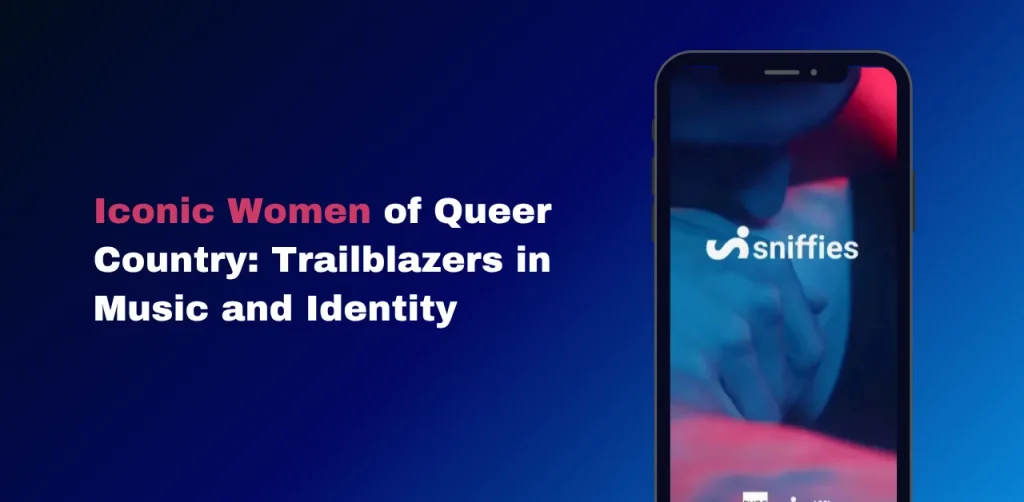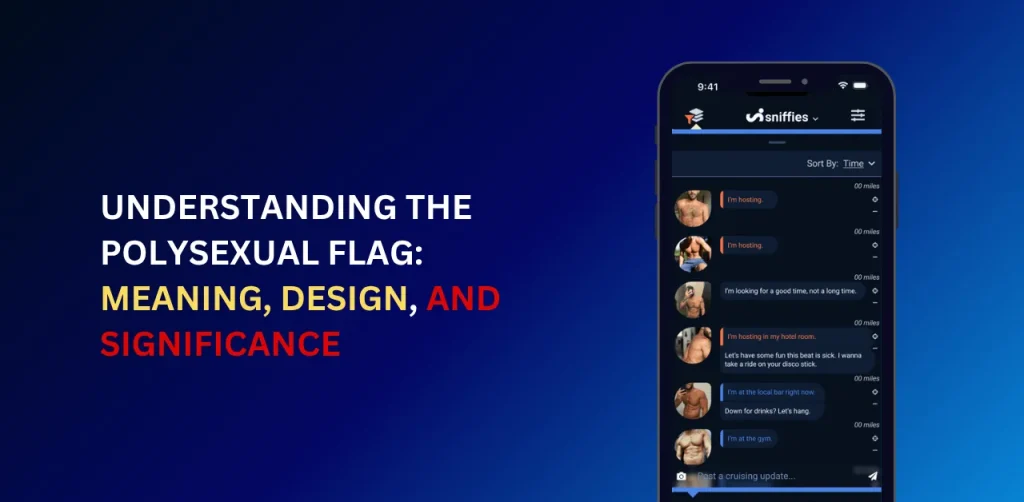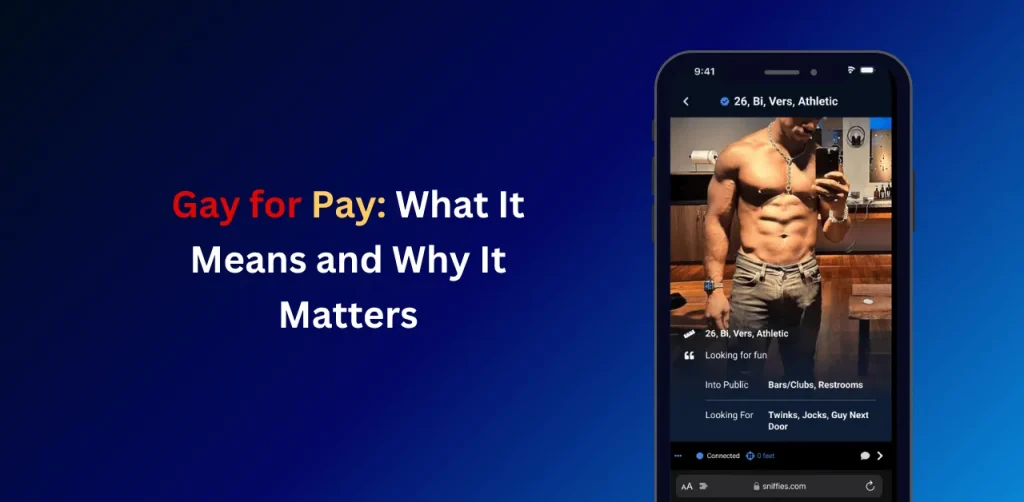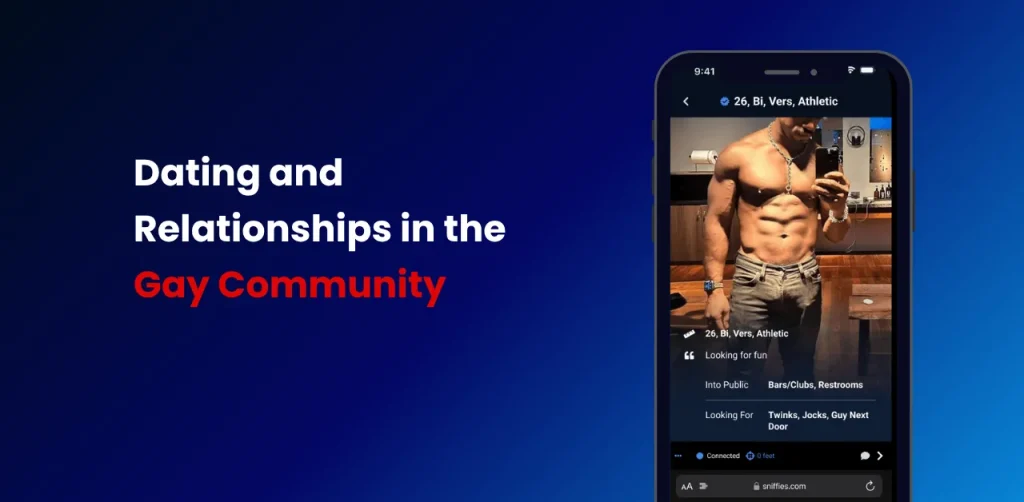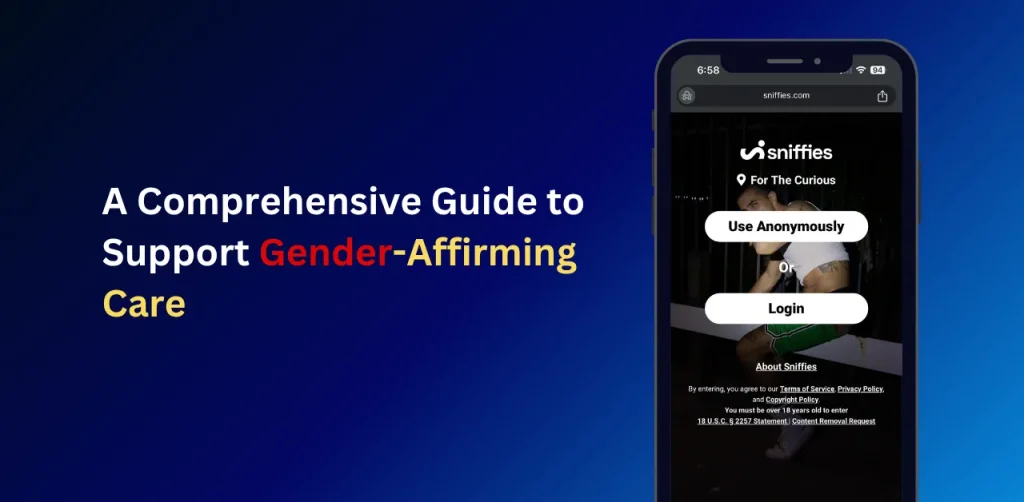What Does Non-Binary Means? | Non-Binary Gender Identity
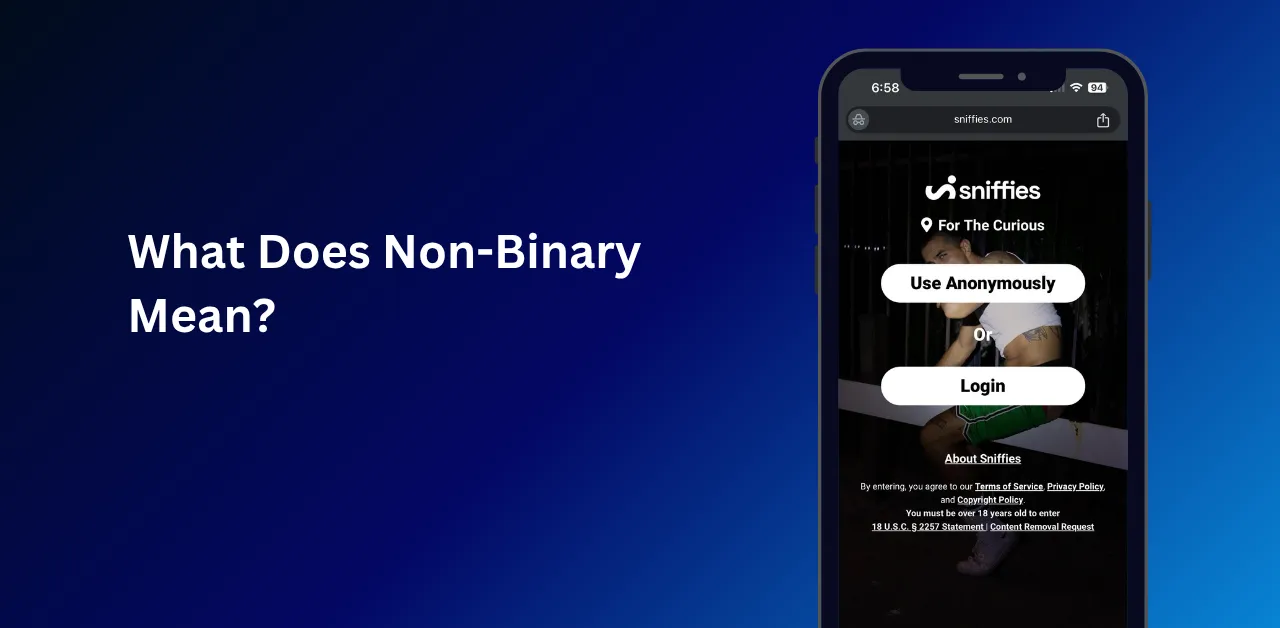
Gender is often thought of as a simple binary: male or female. However, for many, this framework doesn’t capture their reality. Non-binary is an umbrella term for gender identities that exist outside or beyond the binary. It’s a way for individuals to express a gender that may blend elements of male and female, reject both, or embody something entirely unique. Explores What Does Non-Binary Means, its cultural and historical context, and practical ways to support non-binary individuals.
What Does Non-Binary Means & Non-Binary Gender Identity?
Non-binary is a gender identity that doesn’t fit within the traditional categories of male or female. People who identify as non-binary may feel like a mix of both genders, neither, or something entirely different. Terms like genderqueer, genderfluid, or agender often fall under the non-binary umbrella. According to a 2015 U.S. Transgender Survey, 35% of transgender respondents identified as non-binary, highlighting its prevalence.
Key Characteristics of Non-Binary Identity
- Diverse Expression: Non-binary individuals may present in ways that blend or defy gender norms, like mixing clothing styles.
- Pronoun Preferences: Many use gender-neutral pronouns like they/them, while others prefer he/him, she/her, or neopronouns (e.g., xe/xem).
- Personal Journey: Each non-binary person’s experience is unique, shaped by culture, community, and personal reflection.
Why Non-Binary Matters
Understanding non-binary identities fosters inclusivity and respect. As society evolves, more institutions, like Australia and India, legally recognize non-binary genders. This shift reflects growing awareness of gender diversity, reducing stigma and empowering individuals to live authentically.
Real-Life Non-Binary Experiences
Non-binary people often share stories of self-discovery and resilience. For example, Alex, a 25-year-old genderqueer individual, describes feeling liberated after adopting they/them pronouns: “It’s like finally being seen as me, not a box I don’t fit.” Such narratives highlight the importance of validation and community.
Challenges Faced by Non-Binary Individuals
- Healthcare Disparities: Non-binary patients report less respect from providers compared to binary transgender individuals.
- Social Stigma: Misunderstandings can lead to discrimination, though education reduces bias.
- Legal Barriers: Despite progress, many countries still lack non-binary recognition on IDs.
How to Support Non-Binary People
Being an ally involves small, impactful actions. Here’s how you can help:
- Respect Pronouns: Ask and use someone’s preferred pronouns consistently.
- Challenge Assumptions: Avoid assuming gender based on appearance or name.
- Advocate for Inclusion: Support policies that recognize non-binary identities in schools, workplaces, and laws.
Non-Binary in Culture and History
Non-binary identities aren’t new. Many non-Western cultures, like Two-Spirit in Indigenous North American communities or hijra in South Asia, have long recognized genders beyond the binary. Today, public figures like singer Sam Smith and actor Asia Kate Dillon bring visibility to non-binary identities, inspiring others to embrace their truth.
Global Recognition of Non-Binary Genders
- Australia: Recognized non-binary gender on legal documents since 2010.
- India: Supreme Court acknowledged a third gender in 2014.
- Canada: Offers non-binary options on passports since 2017.
Myths and Misconceptions About Non-Binary Identity
Let’s debunk common myths with facts:
- Myth: Non-binary is a trend or phase.
Fact: Gender diversity has existed across cultures for centuries. - Myth: Non-binary people are confused.
Fact: Non-binary individuals often have a clear sense of their identity after deep reflection. - Myth: You can’t be non-binary if you present traditionally.
Fact: Gender identity is internal, not tied to appearance.
Non-Binary vs. Other Gender Identities
Non-binary is distinct from other terms:
| Term | Definition |
|---|---|
| Transgender | Gender identity differs from sex assigned at birth; may include non-binary. |
| Gender Non-Conforming | Gender expression doesn’t align with societal norms; not always non-binary. |
| Gender-Variant | Similar to non-conforming, less commonly used. |
Statistical Insights
Data underscores the prevalence of non-binary identities:
| Region | Year | Percentage/Number | Source |
|---|---|---|---|
| U.S. | 2015 | 35% of transgender | Trans Equality |
| Canada | 2021 | 0.14% (41,355) | Statistics Canada |
| Argentina | 2022 | 0.018% (8,293) | Newsendip |
| UK | 2021 | 0.06% (30,000) | ONS |
These figures highlight the growing visibility of non-binary identities.
What’s the Difference Between Non-Binary and Transgender?
Non-binary is a specific gender identity, while transgender is a broader term for those whose gender differs from their assigned sex at birth. Some non-binary people identify as transgender, but not all do.
What Pronouns Do Non-Binary People Use?
Pronoun preferences vary. A 2024 Gender Census found 75.5% of non-binary individuals prefer they/them, 42% use he/him, and 36% use she/her. Others opt for neopronouns or no pronouns, using names instead.
How Do Non-Binary People Navigate Daily Life?
Many use their assigned gender for legal documents due to binary-only systems, but increasing recognition is changing this. Non-binary individuals may face challenges like misgendering but find support in inclusive communities.
Conclusion
Non-binary means embracing a gender identity outside the male-female binary, offering a spectrum of self-expression. By understanding pronouns, challenges, and cultural contexts, we can create a more inclusive world. Whether you’re exploring your own identity or supporting others, this guide provides actionable insights to foster respect and allyship. Start by asking, listening, and learning small steps make a big difference. For more information, explore our latest article Gender-Affirming Care and LGBTQ+ Friendly Travel Destinations:

